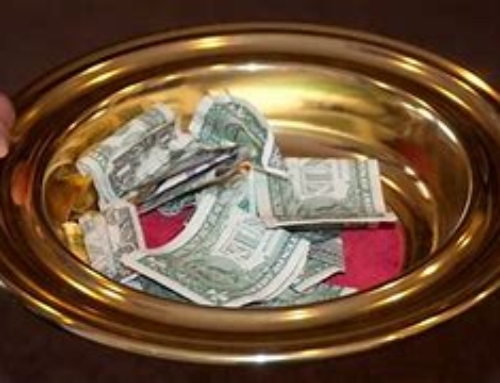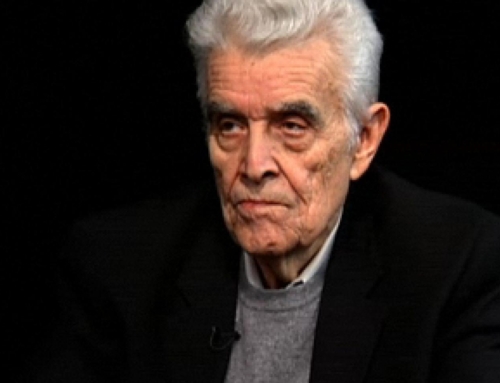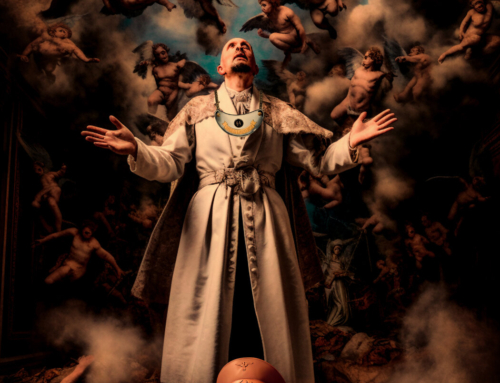Today’s memorial for Sts Timothy and Titus is a lesson in apostolic succession. St Paul ordains the next generation and hands his apostolic authority on to Timothy and Titus. This should remind us of the astonishing fact of the continued existence of the Catholic Church. Apart from the survival of the Jews, the survival of the Catholic Church is one of history’s most amazing realities.
Of course I realize that there are other ancient religions. Buddhism goes back to the sixth century BC and Hinduism is even older, but both religions have existed at a cultural level rather than a formal institutional level. Catholicism is not just a cultural and spiritual entity, but is also an institutional entity. It has buildings and canon law, a hierarchy, a formal structure and is composed of a whole integrated system of philosophy, morals, liturgy, spirituality, economics and ethics.
I often think of this as I am vesting to say Mass. I wear the alb, don the stole, pull on the chasuble and think how odd and wonderful it is that I am a man in America in the 21st century donning the robes of a Roman patrician from two thousand years ago. We are blessed to worship in a beautiful new Romanesque church which echoes the basilica churches of Rome and as such we worship in continuity with the past in a way that is real, solid and substantial.
This is the strength of tradition–rather than it being a dull routine or even worse–a chain that binds us, these traditions are roots that run deep in Western culture and run even more deeply back into ancient Rome and further back into the religion of the Hebrews.
This is ever more important to me–and should be to all of us–in the whirlwind world in which we live. All around us things are changing. People are bewildered. Yeats poem, The Second Coming is quoted here there and everywhere. Written 100 years ago as the world stumbled forth from a terrible pandemic, a world war and economic collapse, we feel the same uncertainty and fear:
Turning and turning in the widening gyreThe falcon cannot hear the falconer;Things fall apart; the centre cannot hold;Mere anarchy is loosed upon the world,The blood-dimmed tide is loosed, and everywhereThe ceremony of innocence is drowned;The best lack all conviction, while the worstAre full of passionate intensity.Surely some revelation is at hand;Surely the Second Coming is at hand.The Second Coming! Hardly are those words outWhen a vast image out of Spiritus MundiTroubles my sight: somewhere in sands of the desertA shape with lion body and the head of a man,A gaze blank and pitiless as the sun,Is moving its slow thighs, while all about itReel shadows of the indignant desert birds.The darkness drops again; but now I knowThat twenty centuries of stony sleepWere vexed to nightmare by a rocking cradle,And what rough beast, its hour come round at last,Slouches towards Bethlehem to be born?







Thank you Father.
Odd and wonderful, indeed. The Second Coming poem does seem apt again. It reminded me of another poem with a falcon in it, The Windhover. Heading over to the Poetry Foundation website to reread it, I found a few Gerard Manley Hopkins poems that seemed to flow well from darkness toward light. It probably won’t work this way for everyone, but try starting with The Second Coming and then reading:
‘I wake and feel the fell of dark, not day’
The Windhover
The Starlight Night
Here is an article of mine on Hopkins. You’ll find some other good stuff about his poetry at Imaginative Conservative.